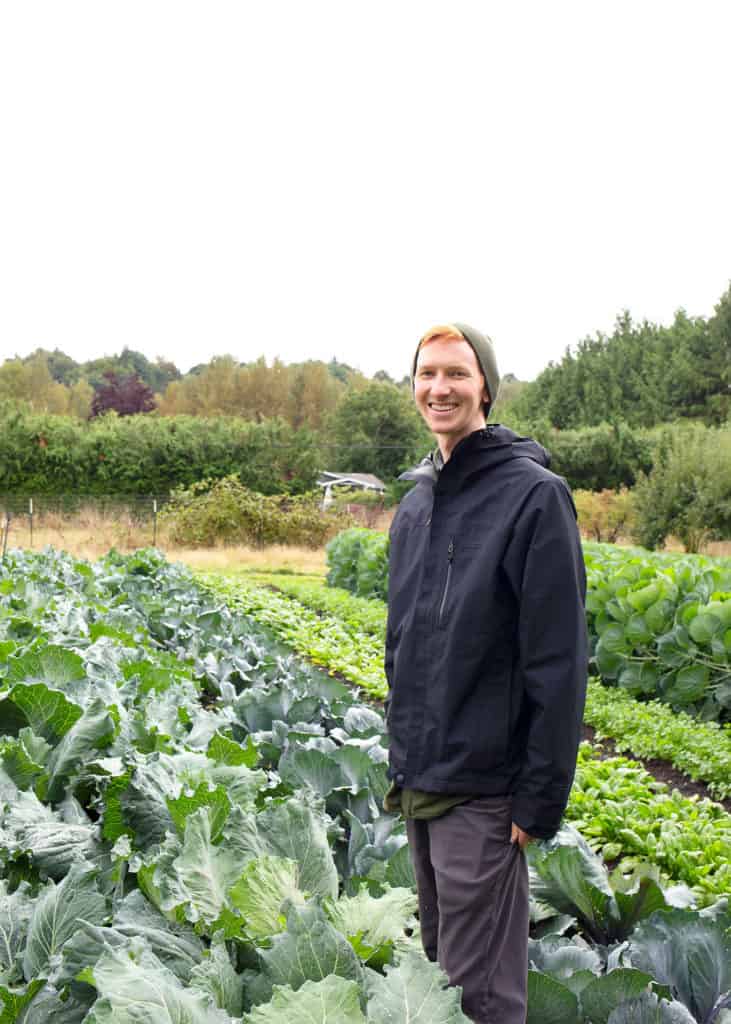
May I introduce you to James from Radicle Roots Farm?
I'm happy to say that he is the first Local Producer that I'm showcasing in this area of my website! He owns Radicle Roots Farm in Snohomish, Washington. He established it in 2015, and grows artisan produce using organic practices for local farmers markets, restaurants and distributors on less than one acre of land. (Italic portion take from their website.)
Why the name "Radicle" Roots?
And not "Radical" Roots … because that would also fit.
This requires just a bit of a science lesson so considered yourself homeschooled for the day!
Radicle: The first structure to emerge from a seed upon germination.
"Before the cotyledons (first leaves) emerge from the soil, the radicle has already reached down and anchored the seedling. This radicle develops into the primary root and becomes what we recognize as a carrot, beet or radish. As a first generation farmer, Radicle Roots represents the youthful energy and passion that we put into growing food for our community." (Taken from their website. Emphasis added by me.)
How did I meet Farmer James?
I first encountered him at the Snohomish Farmers Market. His booth and its aesthetics are impressive! I was drawn in immediately and wanted one of everything! The vegetables are always clean, gorgeously displayed in wooden crates, and easy to choose.
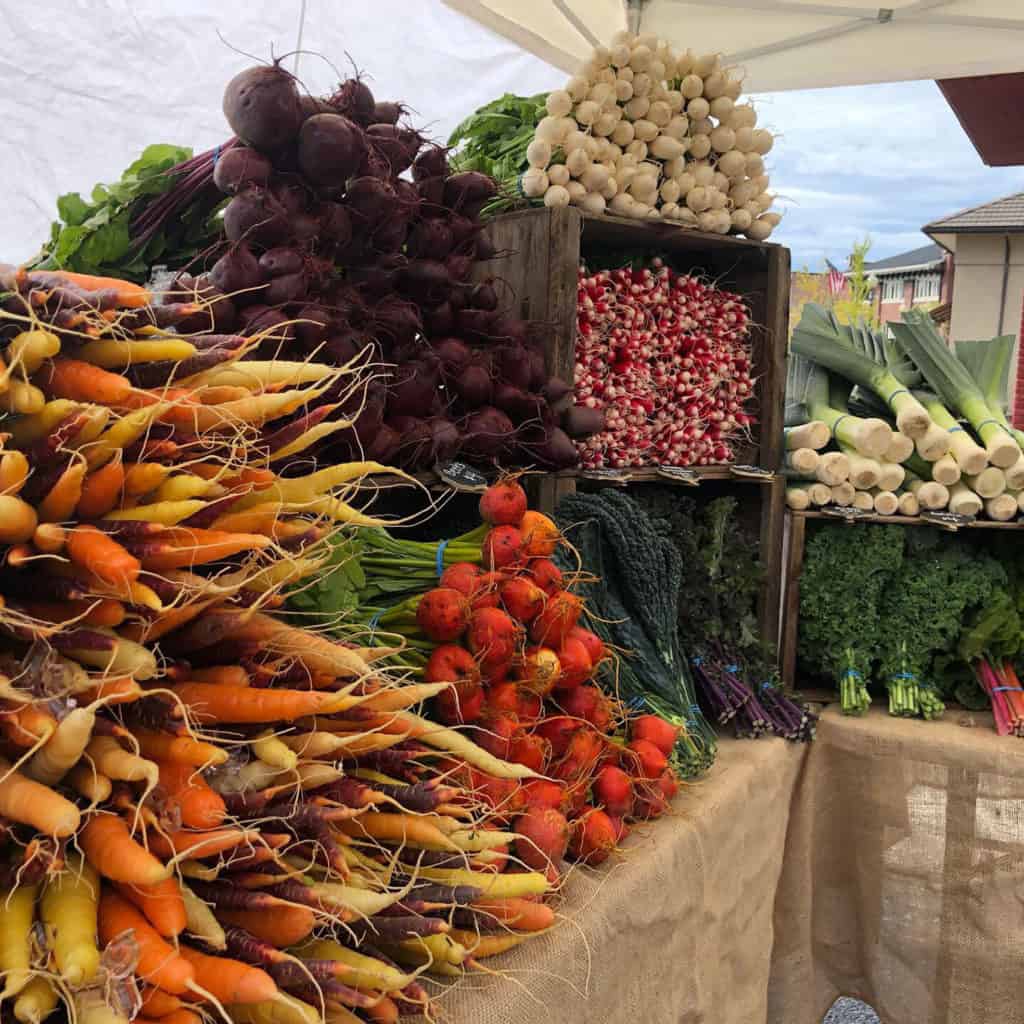
As time went on, (and as I posted my "Market Haul Photos" and tagged his farm on social media), we came to know each other a bit and I was invited for a farm tour. I was so happy to visit!
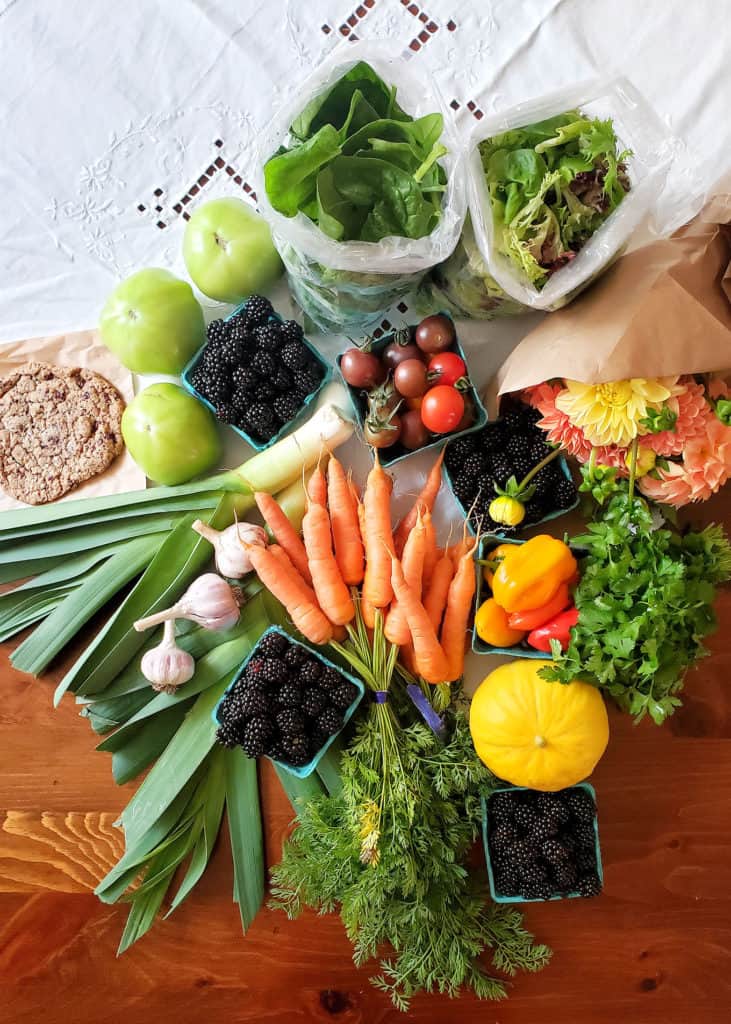
and a cookie from Grain Artisan Bakery
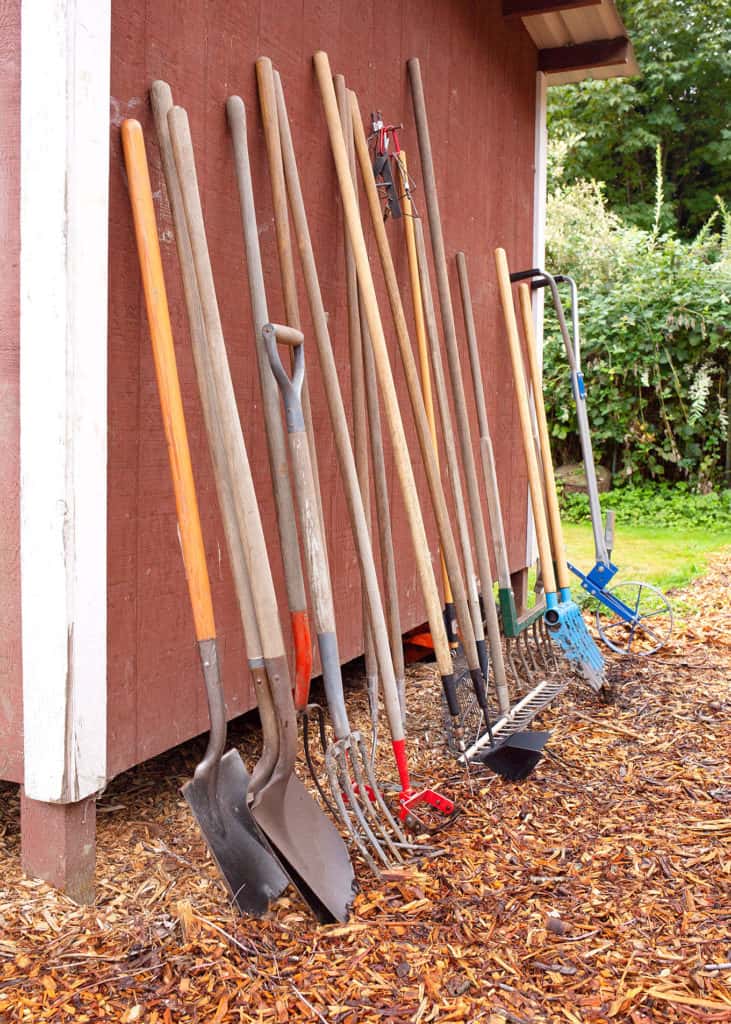
James studied Environmental Studies at Western Washington University in Bellingham, WA, so was already in the mindset of reducing the carbon footprint. He worked on a few organic farms in both Washington and Oregon before moving back to his home terroir to take up the mantel himself.
But, James, you are so young …
James grew up in Western Washington. Yes, and in Snohomish which is rural, but I thought it wasn't super common for young people to become farmers.
As a first generation farmer, James assured me that there are many young people in this area that are striking out on their own to create a new wave of farmers who see the importance of making a positive impact on today's world of consumers. I couldn't be happier to support them!
Core Values of Radicle Roots Farm:
- Minimal tilling | James explained that tilling is necessary, but not to the extent that most farmers or home gardeners do it. He explained that continued deep tilling brings weed roots up to the surface and keeps them thriving. He chooses rather to use the tool in the photo below to only till the very top of the soil after the initial deep till. And it doesn't use gas!
- Using the least invasive tools | shovels, hoes, rakes … you know, all the old-fashioned ones! He chooses to use these as much as possible to reduce the use of fossil fuels that come from using gas- and motor-powered tools.
- Rotating crops | When the same crop is grown in the same soil consistently, it depletes the soil of whatever that crop needs most. It's important to rotate them so that both the crop and the soil stay the healthiest possible.
- Organic compost | When he's getting a new bed ready, or when he's rotating crops, James uses organic compost even putting it down right on top of growing grass before tilling. See the second photo below.
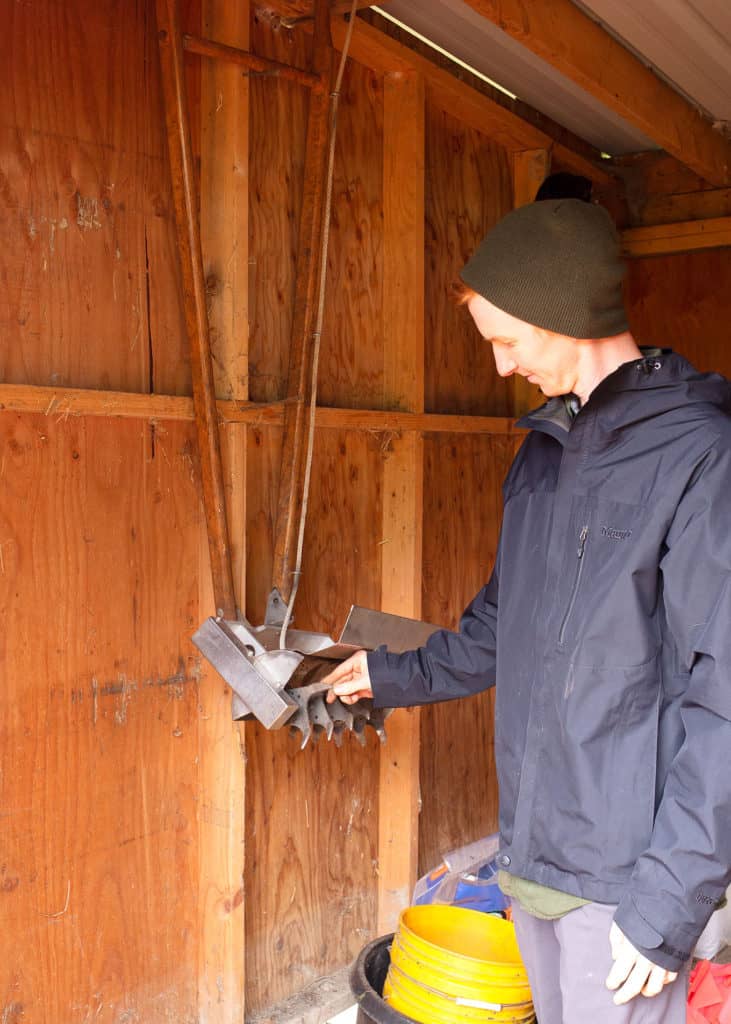
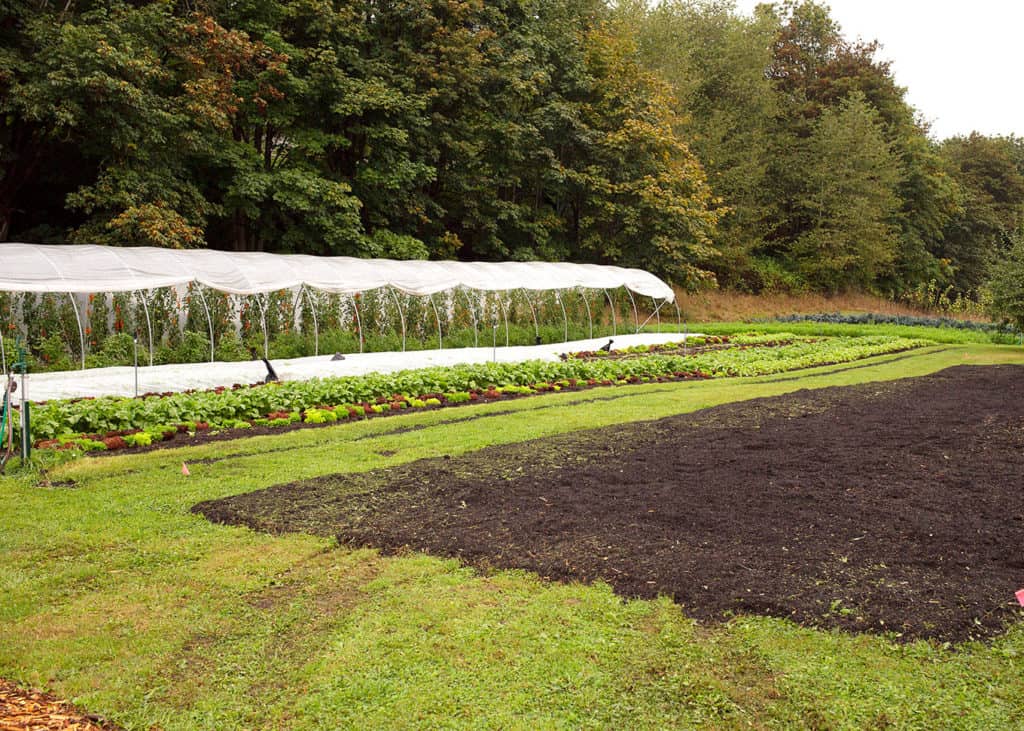
Radicle Roots Farm has two caterpillar tunnels (one is shown in the photo above) and one larger greenhouse. The caterpillar tunnels are so named because they truly look like a giant caterpillar! They cover the crops, but don't offer warmth like a greenhouse would. The greenhouse has electricity so James can use fans or heat depending on what those plants need at various times of the year.
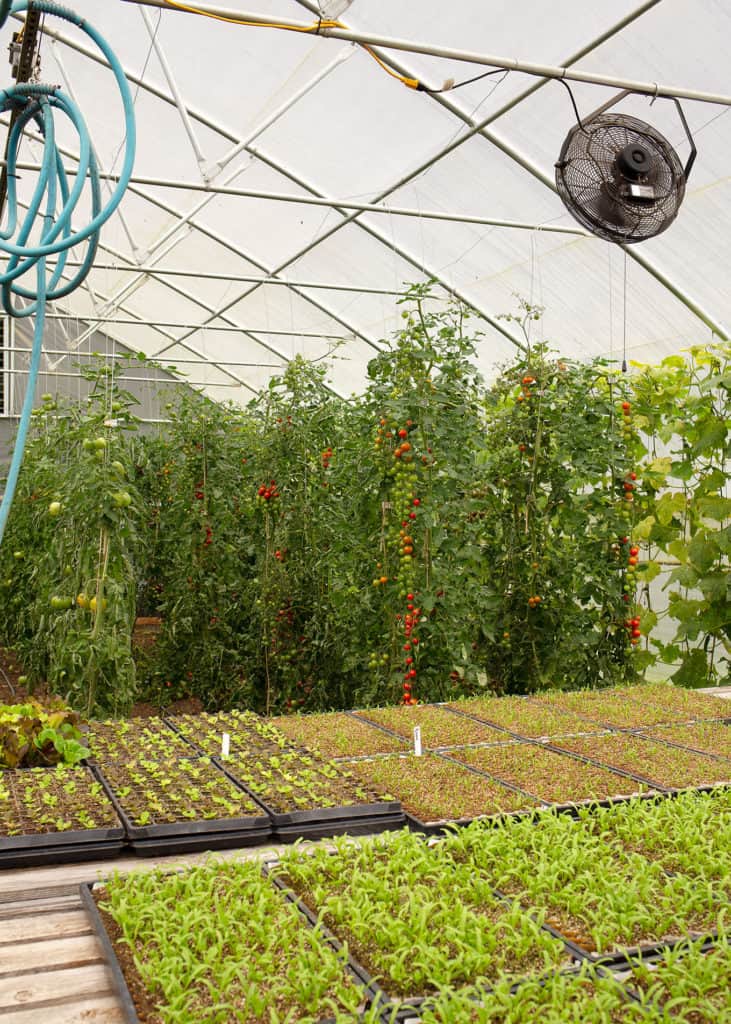
He uses the greenhouse to get certain plants started before moving them out to a larger space. The next photo shows a lettuce start.
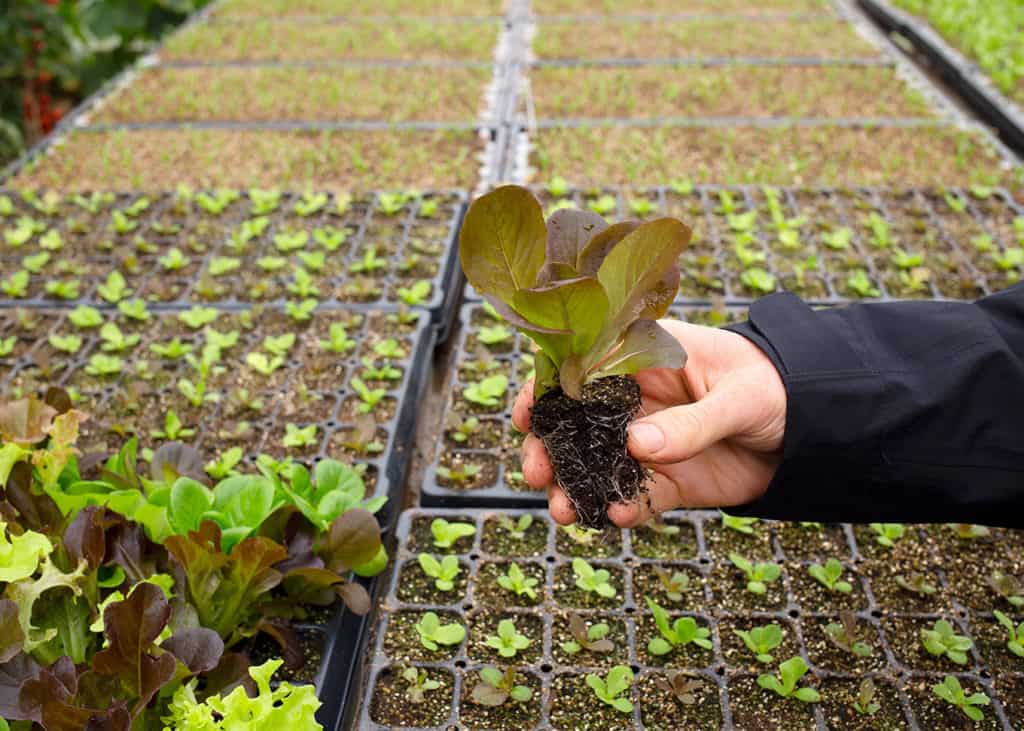
And this …. {below} is just one row of the beautiful lettuces grown at Radicle Roots! Look at the variety and the colors! He lets them mature just a bit before harvesting so they will have more loft in the packing. This also ensures they will last longer in the fridge. We enjoy salads with these greens often and I can attest to their immense quality of taste and beauty.

Those lettuces (and all of Radicle Roots produce) come to market as clean as possible. There is a washing station, seen to the left in the photo below, and a large greens spinner. I don't have a clear photo, but that orange laundry-basket-looking thing just beyond the washing station, fits into the spinner, and rids the greens of much of the water that adheres to them after washing. Brilliant! Water left on greens can make them spoil that much quicker.
They clean, sort, and package all of the produce in the space pictured below. They have the cartons and bins all ready in a clean and organized fashion. I was impressed.
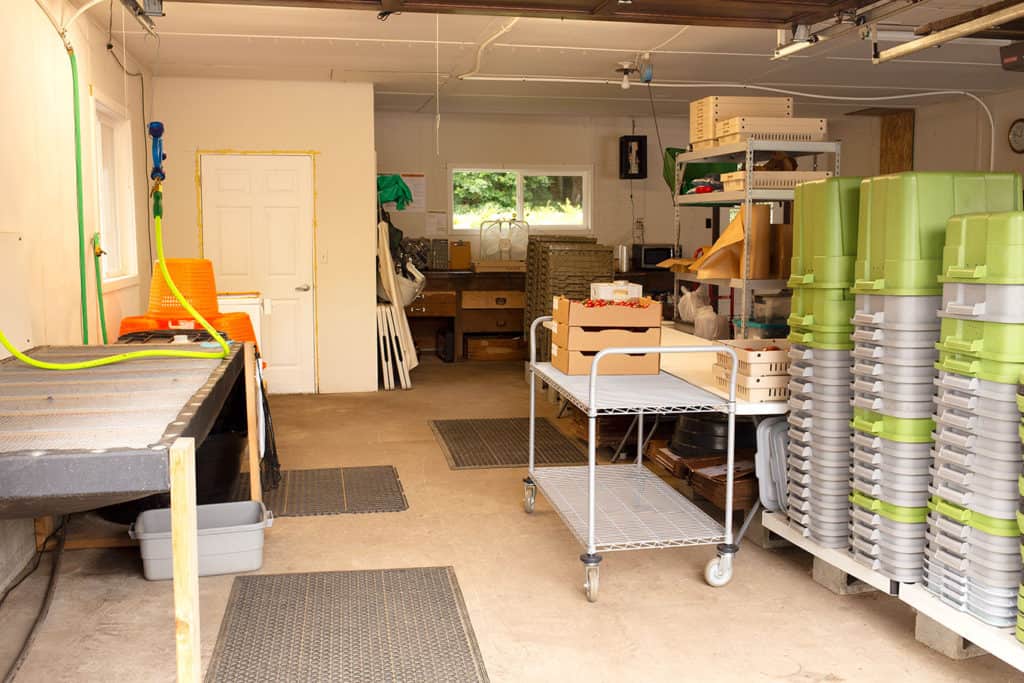
Pro Tip to help your greens last longer:
When you get them home from the farmers market or grocery store, clean them, then lay them in a single layer on clean cotton or linen dish towels or paper towels, roll them up gently, and put them in storage bags.
Consider reusing plastic bags, grocery bags, or buy reusable silicone bags. Be sure to label the bag either by writing on it or by writing on masking tape and adhering it. The greens last at least a couple of weeks storing them this way! I've had them last longer than that even!
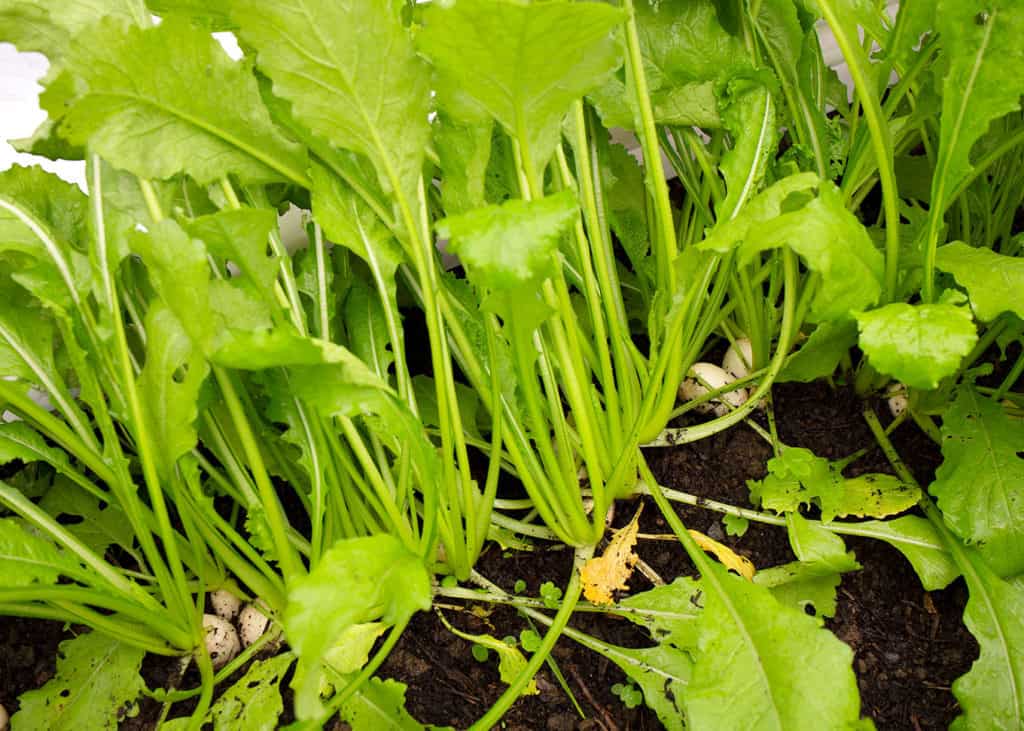
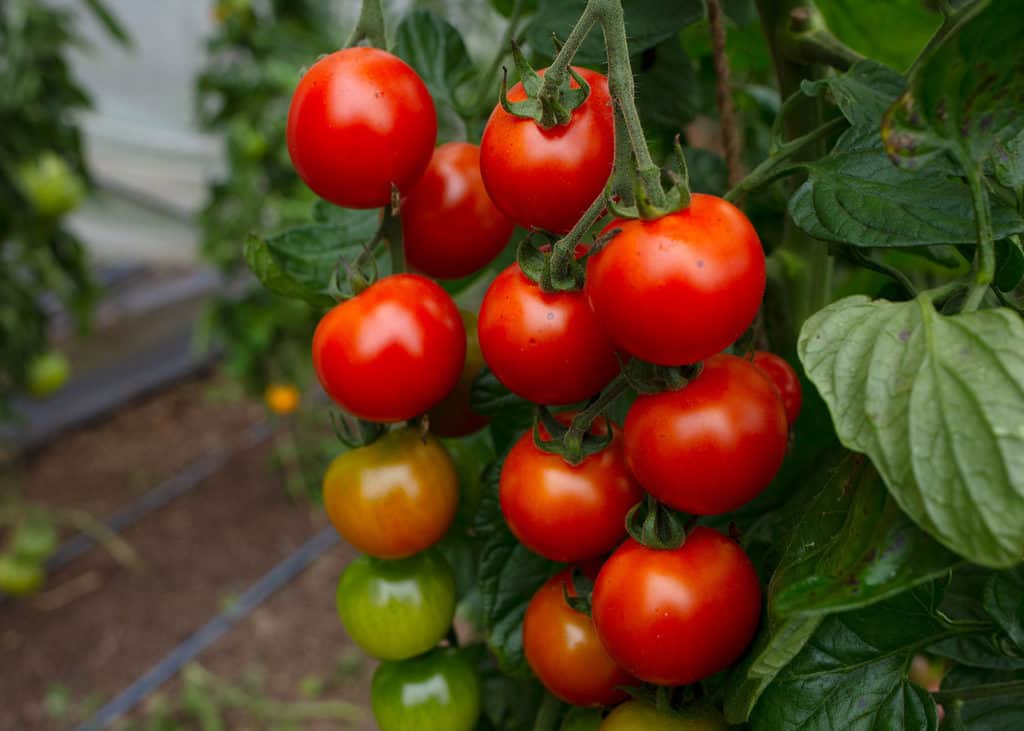
James grows tomatoes in the green house and the caterpillar tunnels so that he can string them from the ground to the ceiling or to the ribs of the caterpillar tunnel. It makes harvesting so much easier and keeps the fruit from spoiling because of laying on the ground.
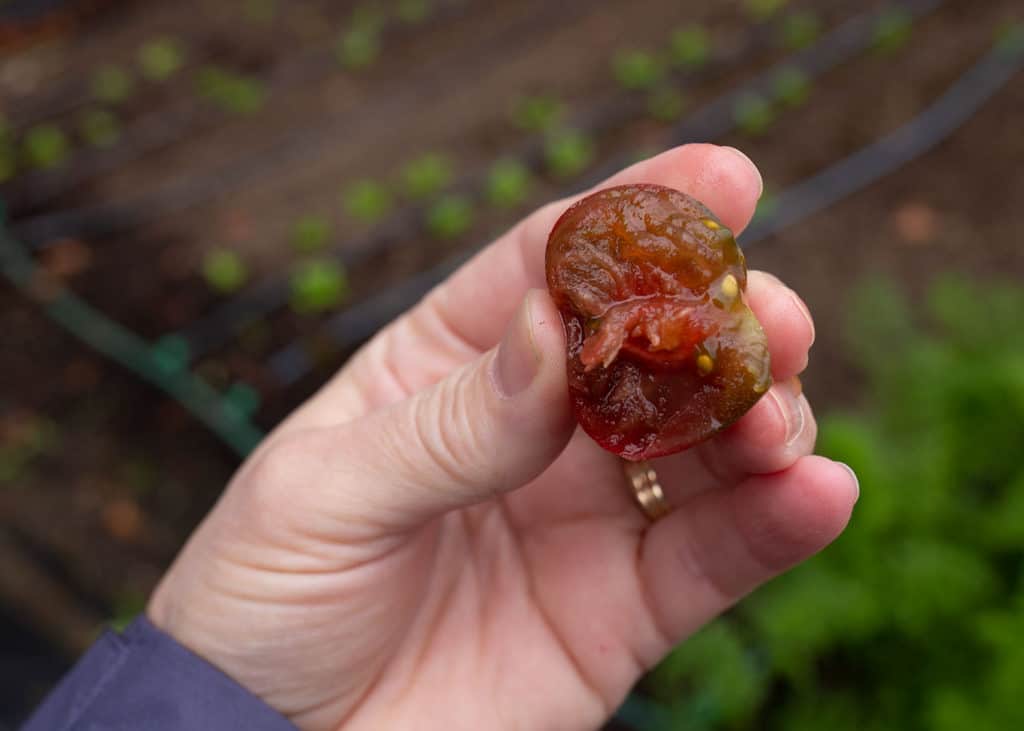

The other-worldly photo above is of Lacinato kale, also know as Italian kale. I had to admit to James that I always thought kale grew in heads like lettuces or cabbage. Nope … it grows on stalks and the leaves are cut off and bunched to deceive us common folks at the grocery store!
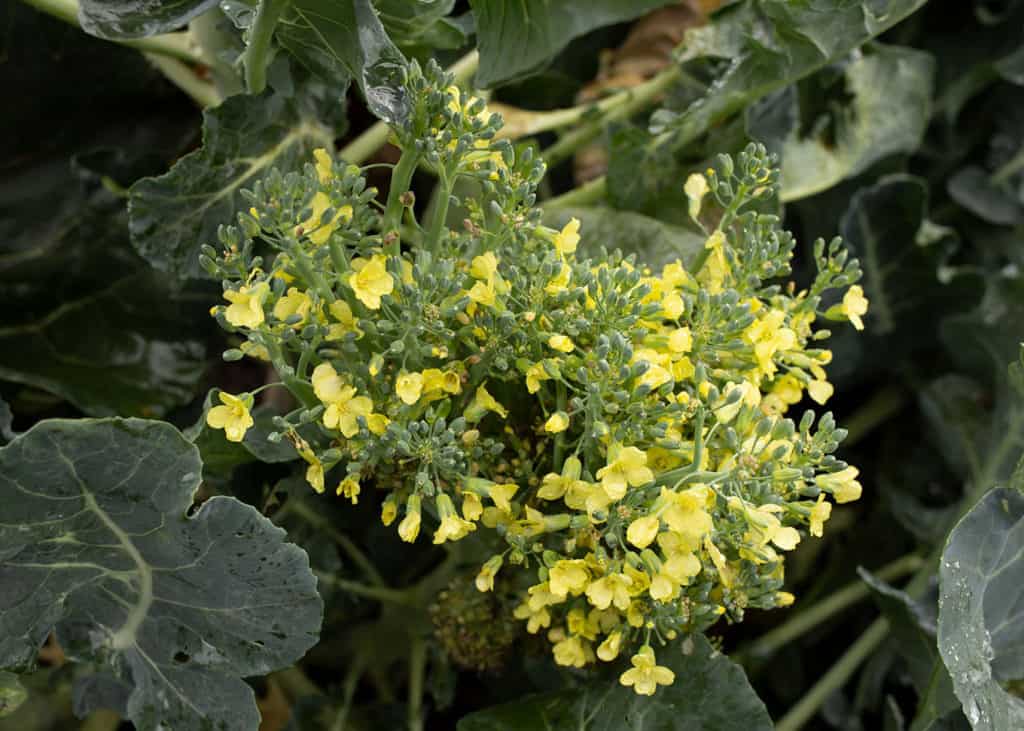
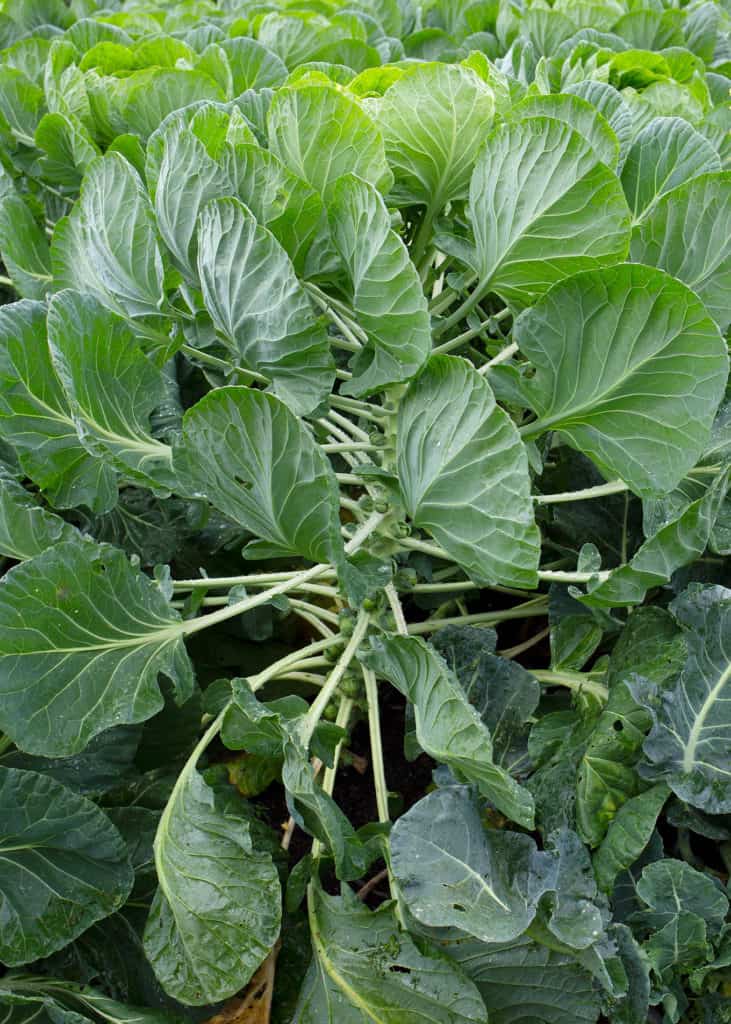
Do you know what that plant is in the photo above? I had to examine it up close, but I guessed properly that it is Brussels Sprouts! The sprouts are grown close to the stalk and the leaves are large and seem to stand guard to the sprouts. The photo below shows the top of the plant and it looks like a giant Brussels sprout, doesn't it? Creation is so intricate and amazing!
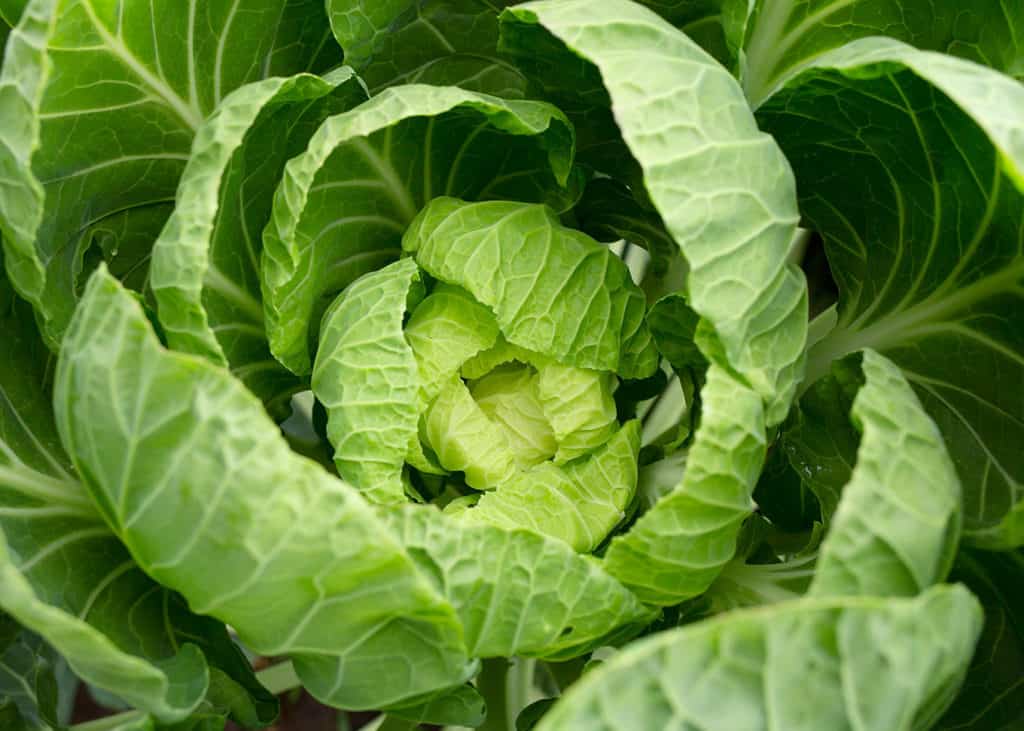
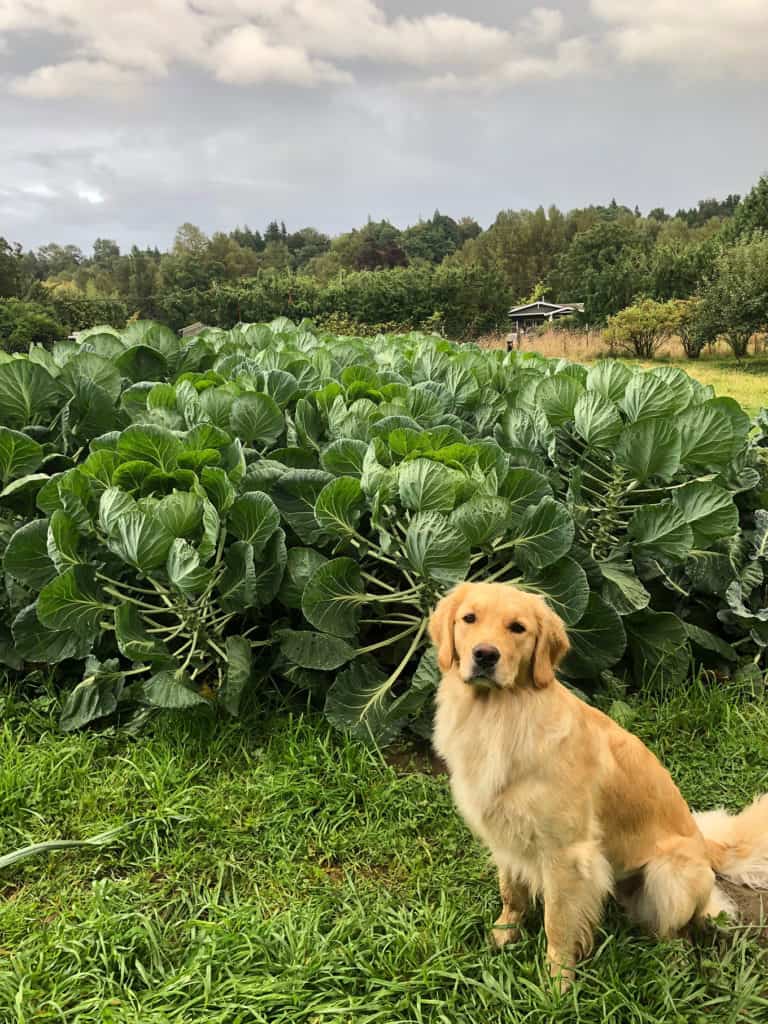
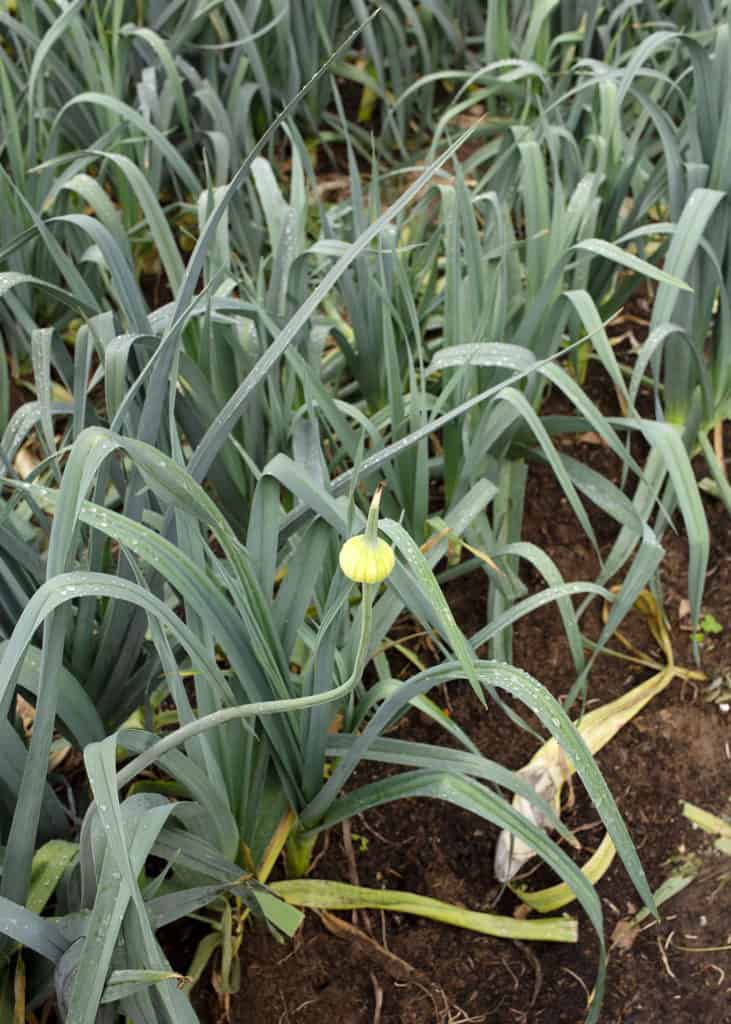
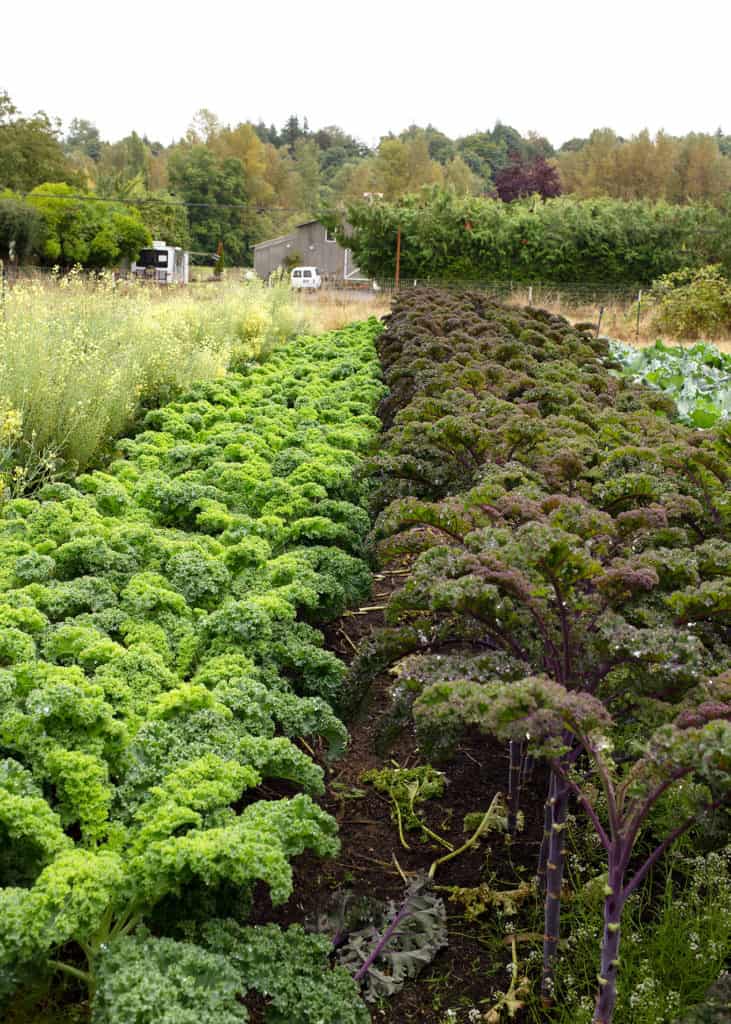
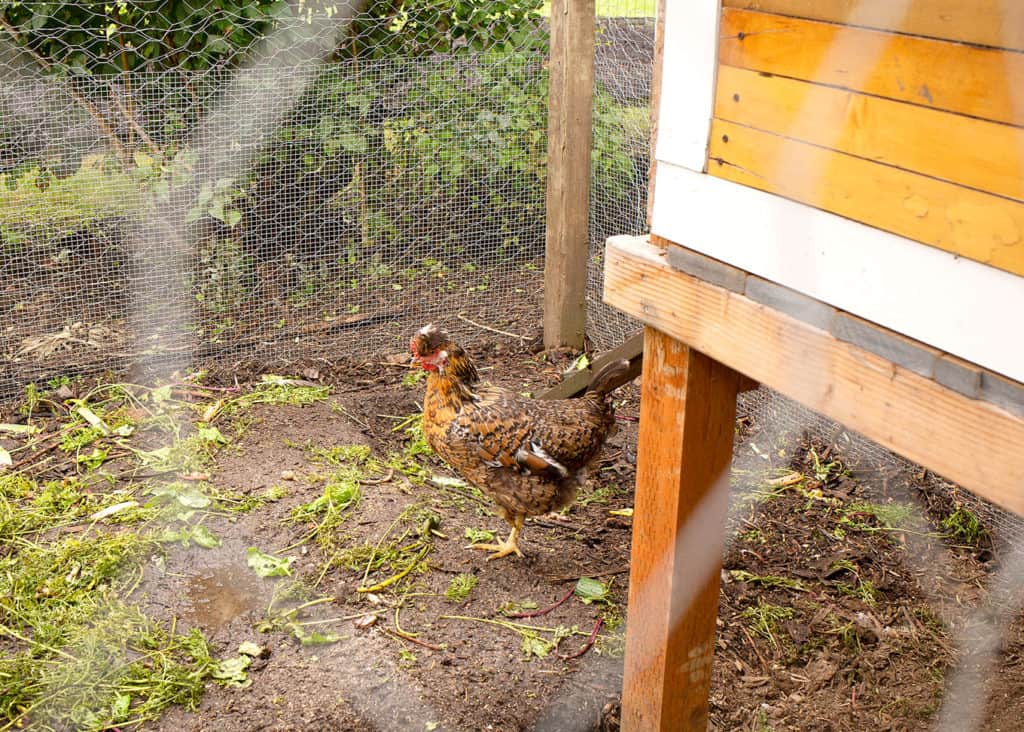
Radicle Roots Farm doesn't sell eggs, but they keep chickens for their own larder. The girls are very happy with the carrot tops that the market clients don't care for! Their loss and the Ladies' gain! And of course, with all the other extras that Farmer James has to offer them, they dine as kings!
James doesn't sell flowers, either, but the one in the next photo is particularly special. It is among this year's flowering from the many white dahlias that James planted last year for his wedding.
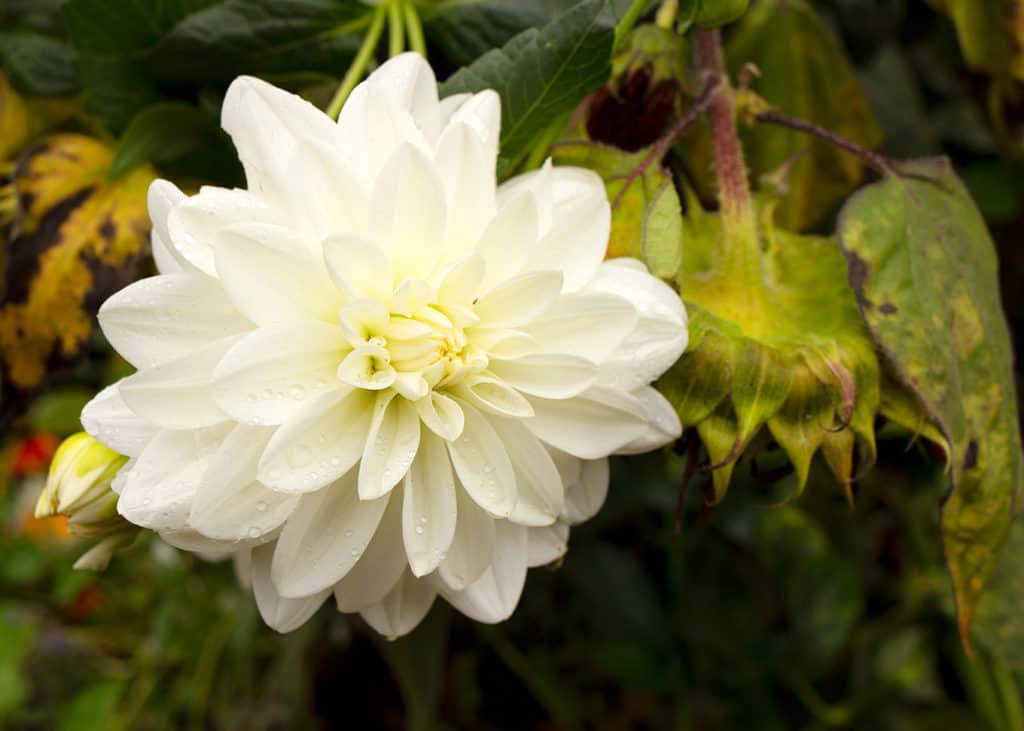
The wedding took place on their own land, the flowers were grown by them, and I wouldn't be surprised if they grew all the food for the reception! I have a feeling that this farm will see many more memories made by this sweet couple on the land they feel so passionately about.
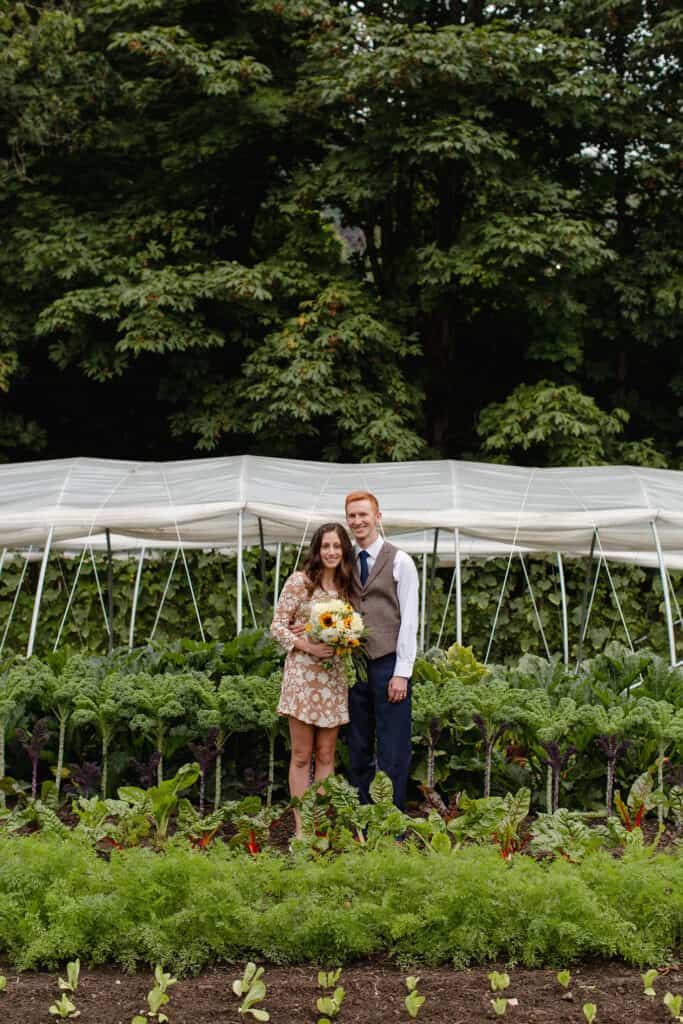
Find Radicle Roots Farms:
- Website: www.radiclerootsfarm.com
- Instagram: www.instagram.com/radiclerootsfarm/
- Facebook: www.facebook.com/radiclerootsfarm/
Thank you, James and Sydney, for giving me a chance to walk again in a garden like I did with my parents and grandparents. Their legacy and your motivation to work hard urges me to support our local farmers!
Some Recipes for Farm-Fresh Produce:
- Carrot Salad with Vinaigrette
- Green Fresh Rolls with Two Sauces
- Braised Greens with Bacon
- Prosciutto-Wrapped Asparagus with Balsamic Drizzle
- Italian Chopped Salad

Comments
No Comments